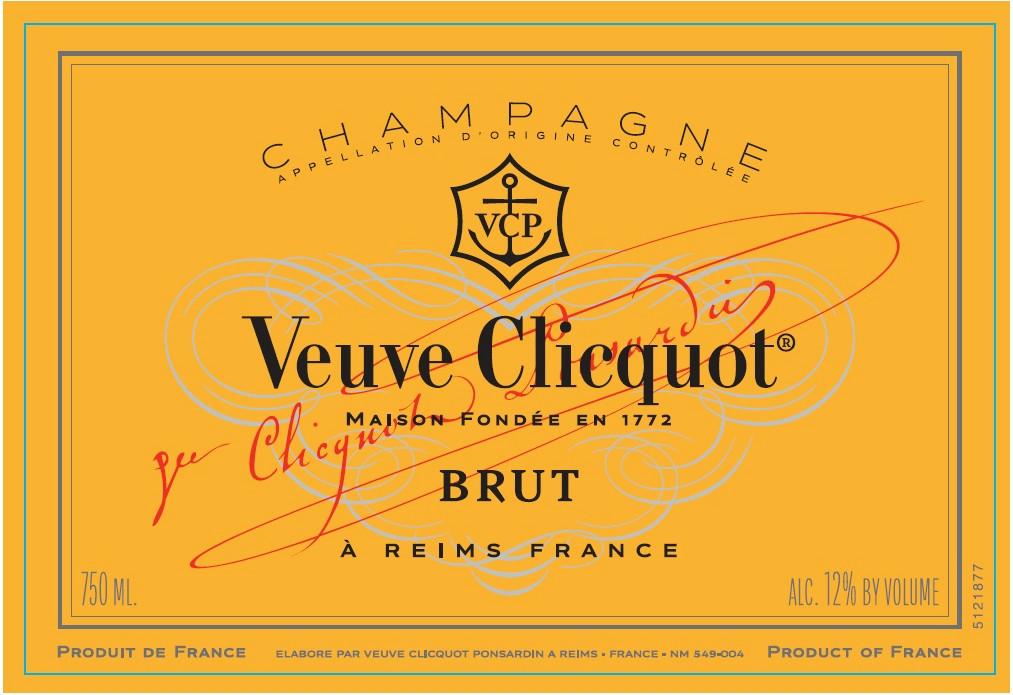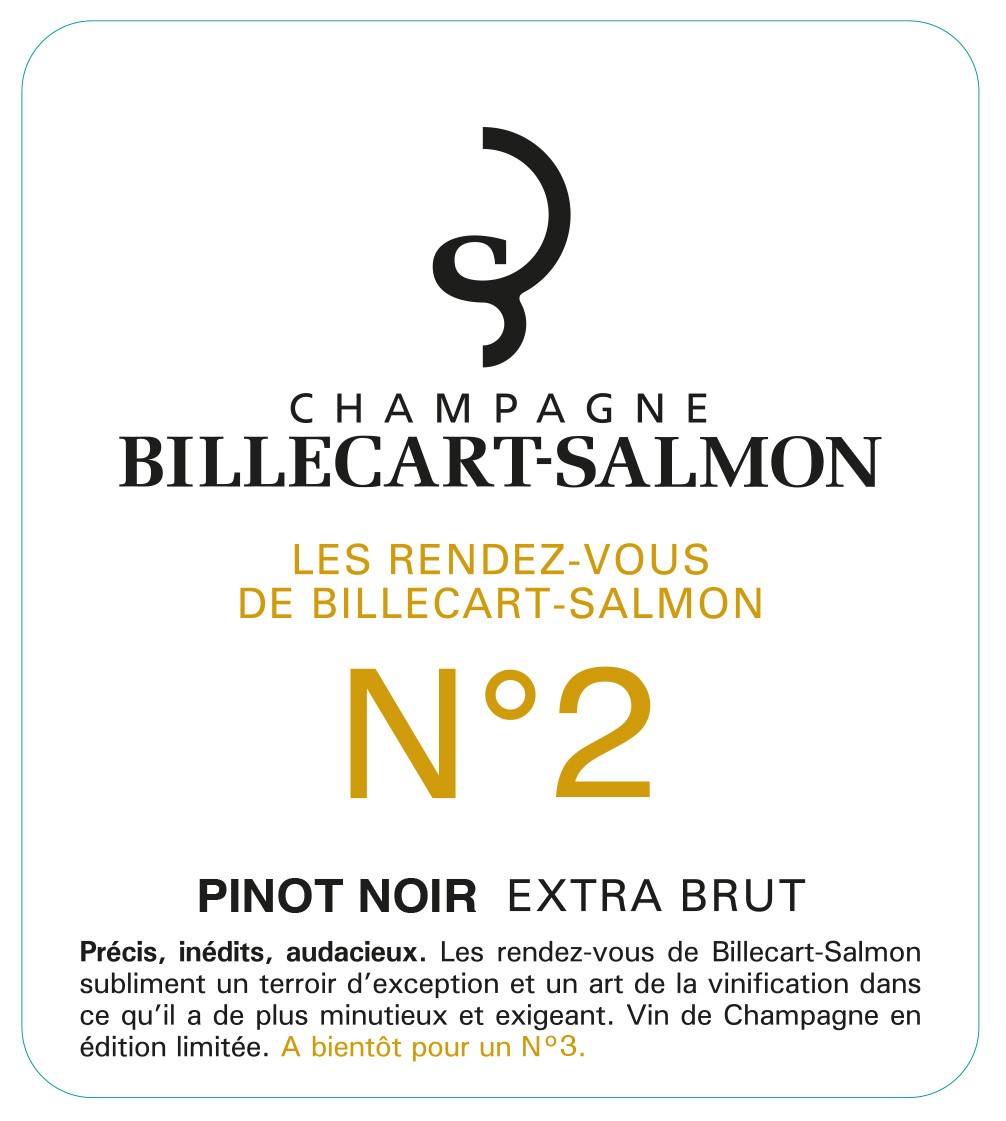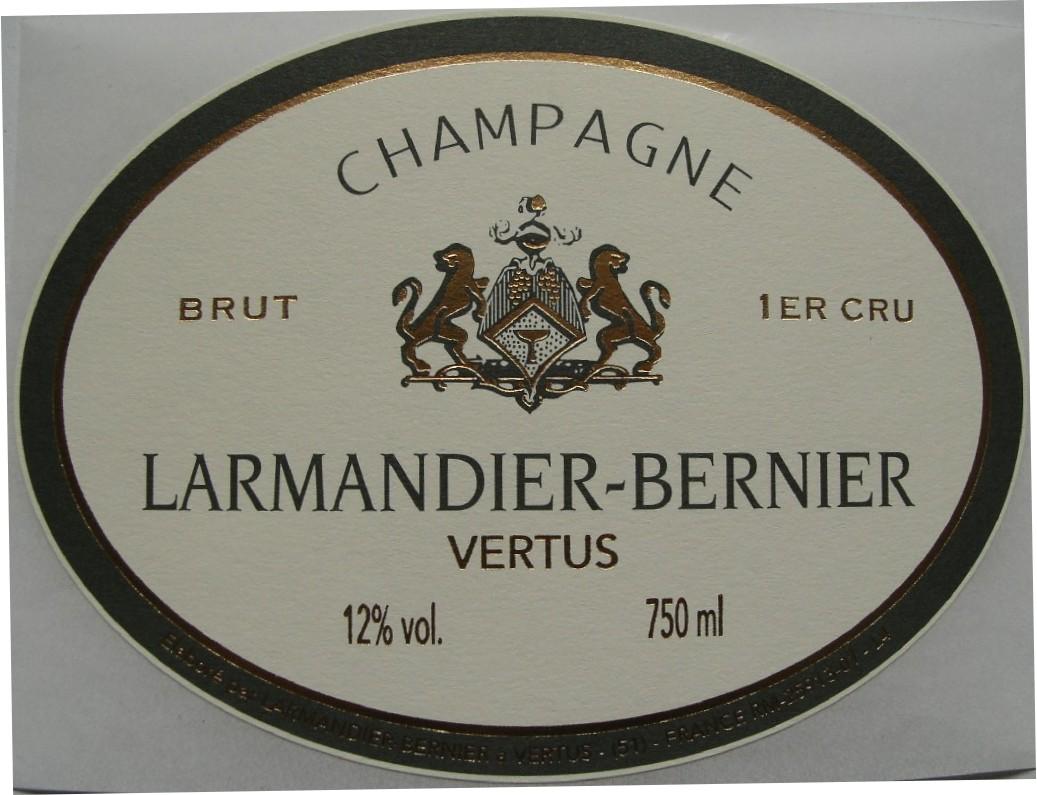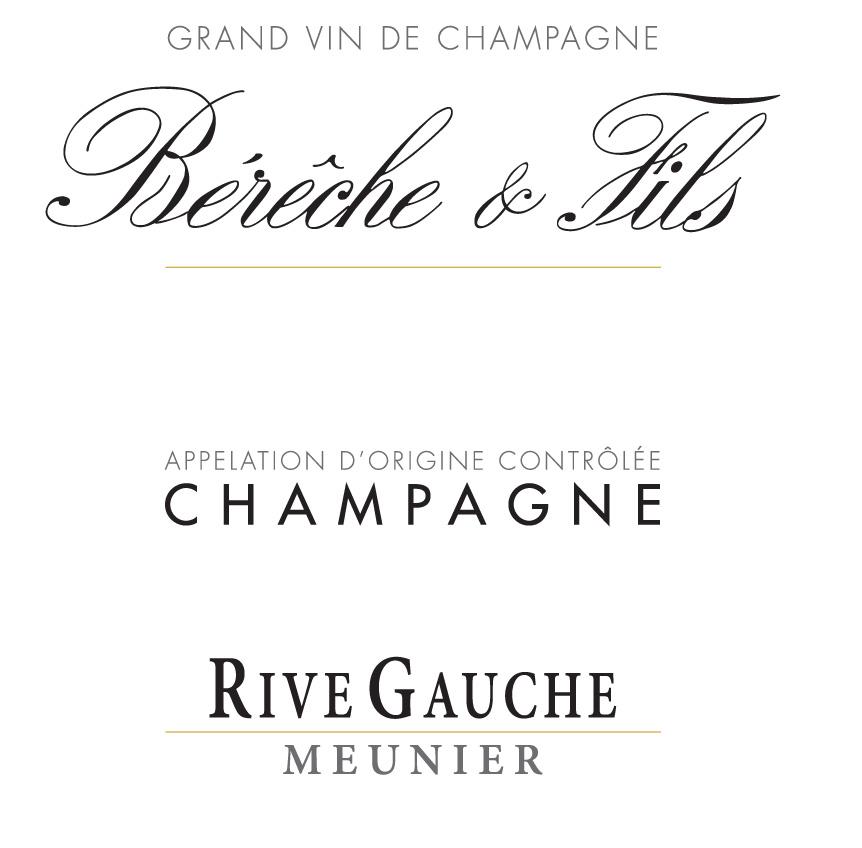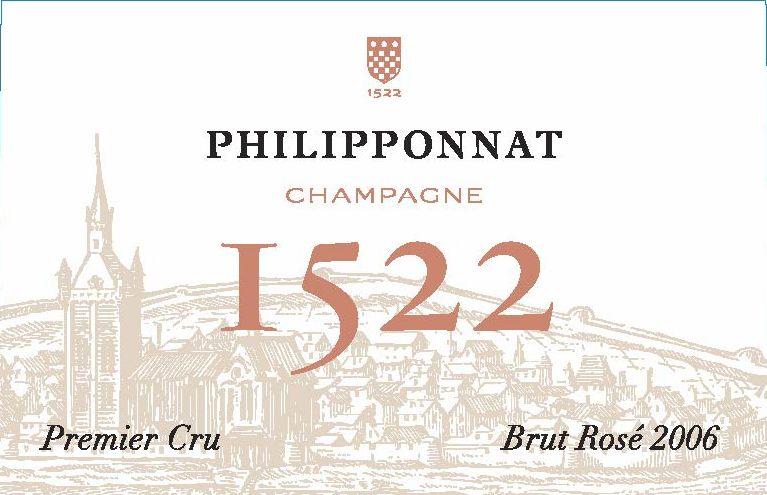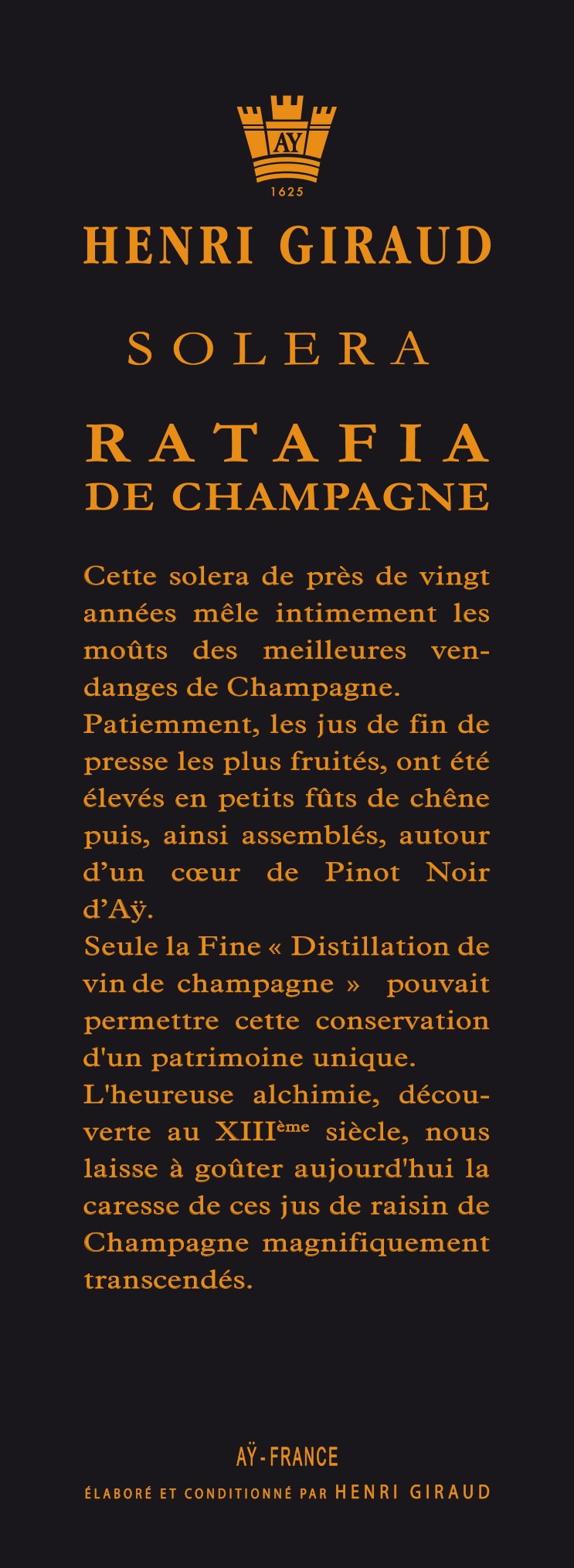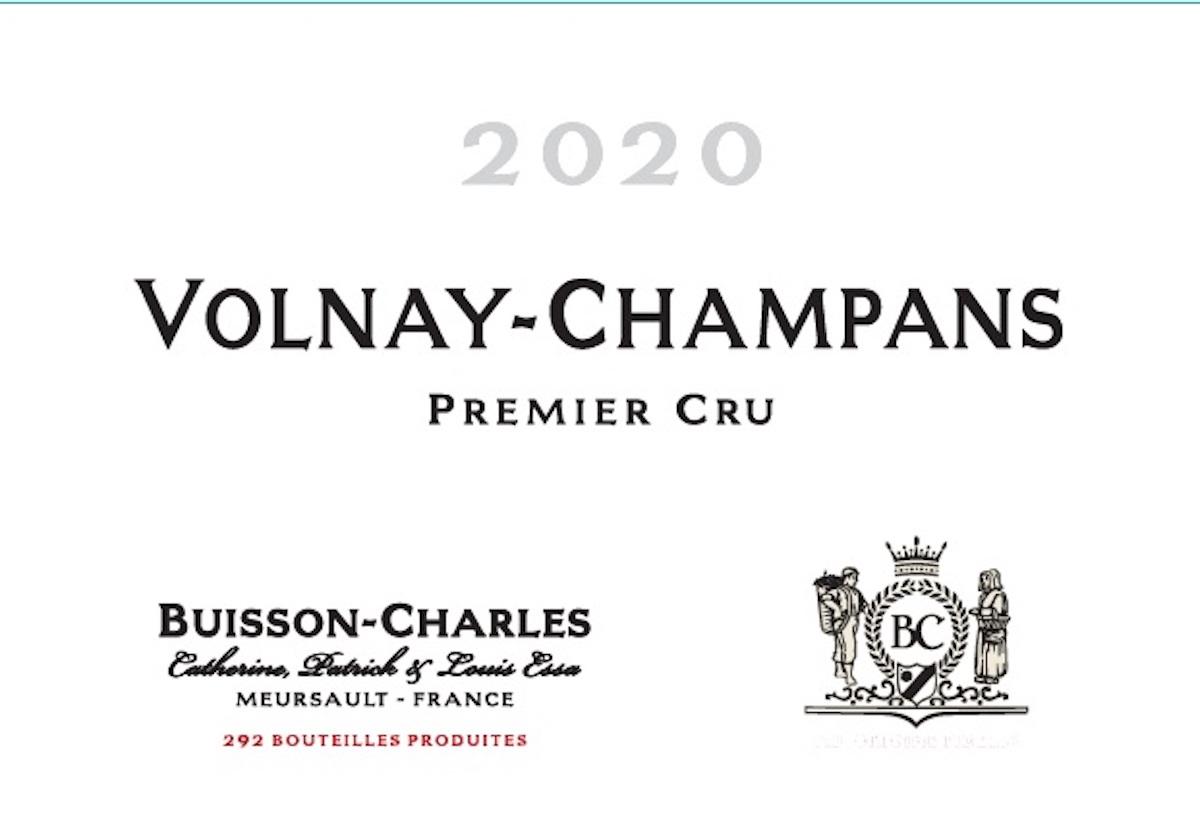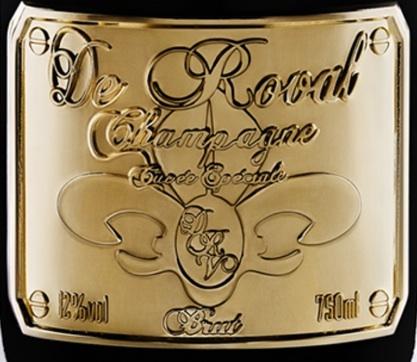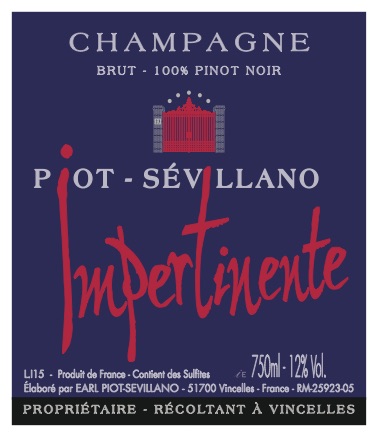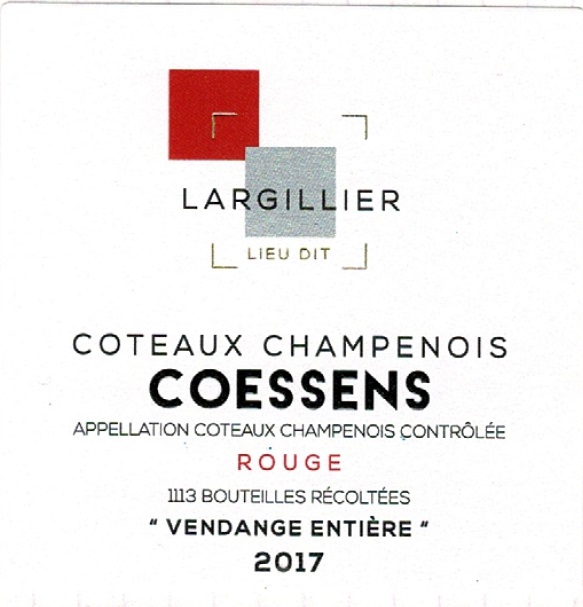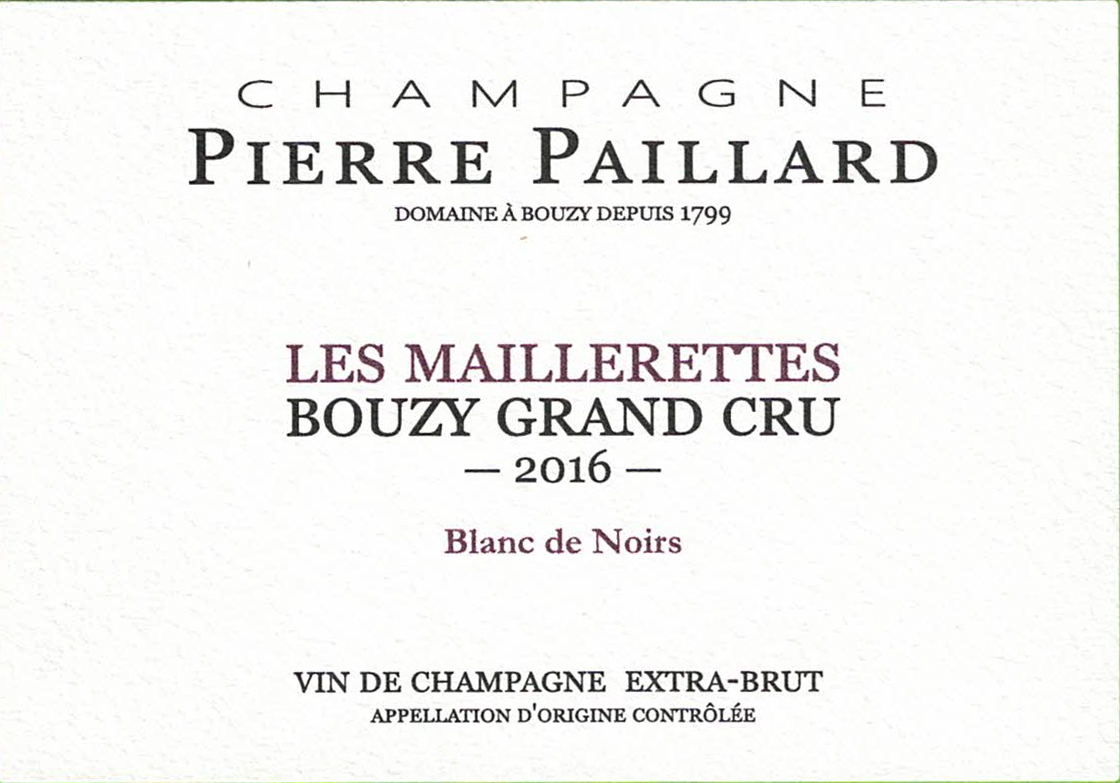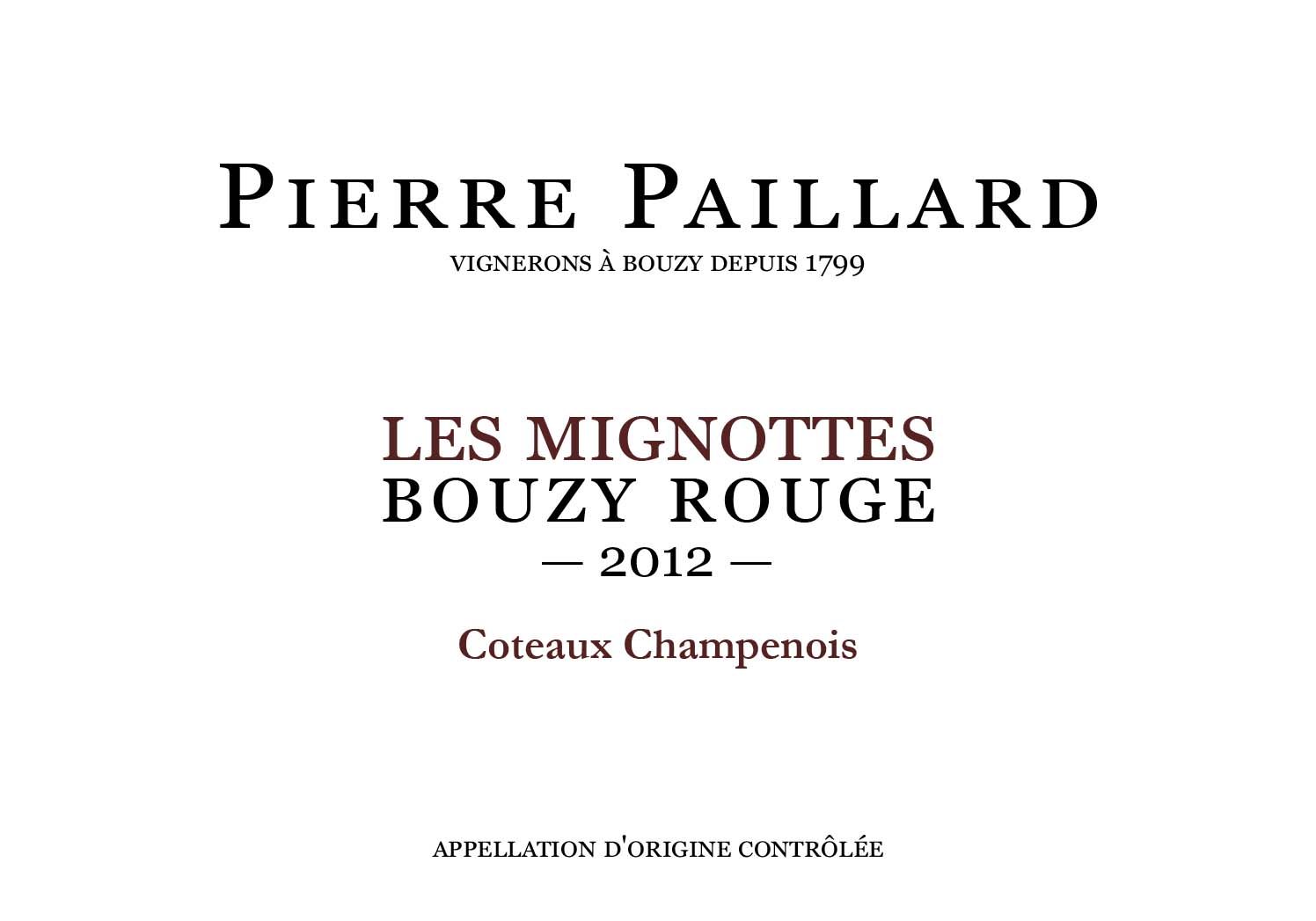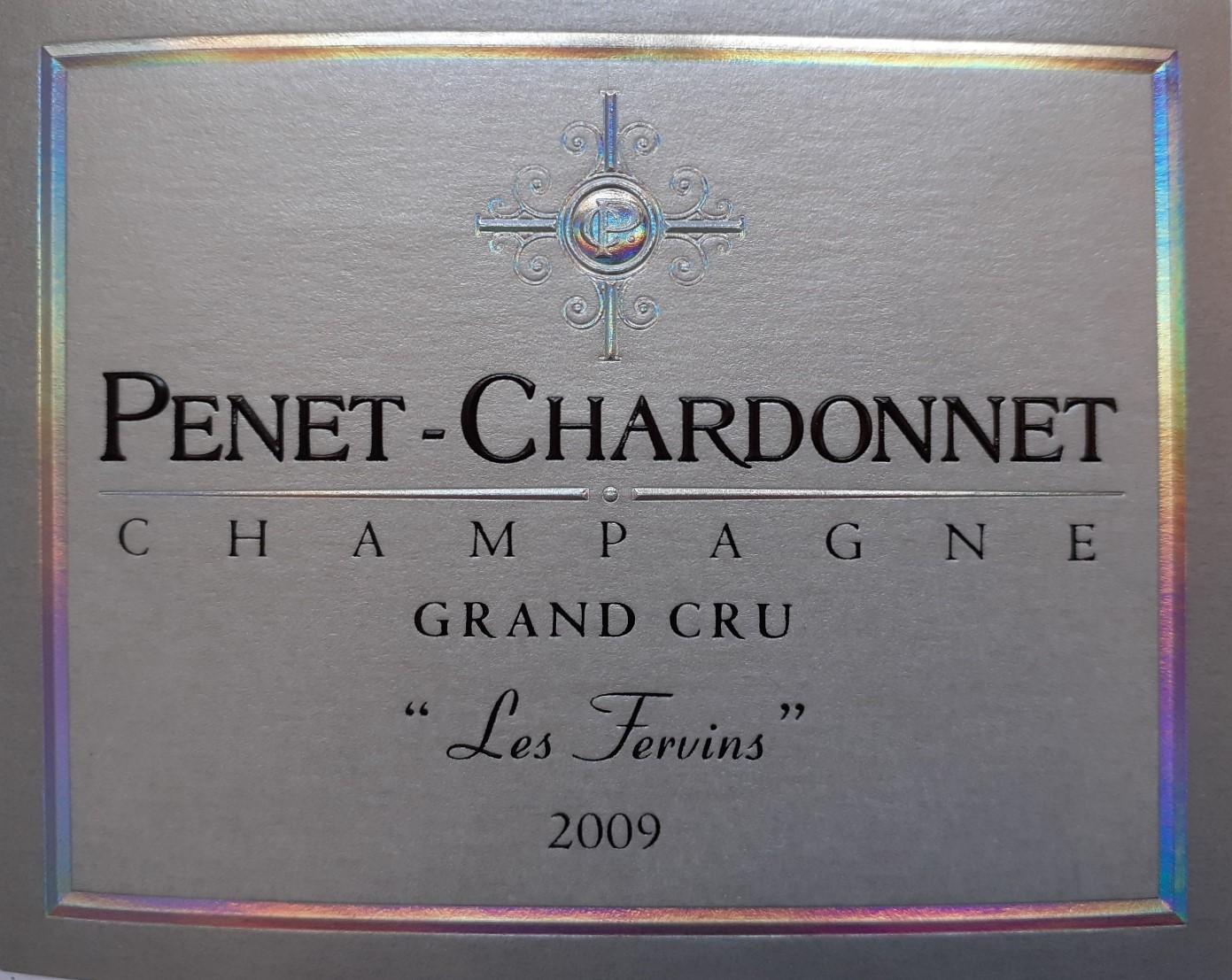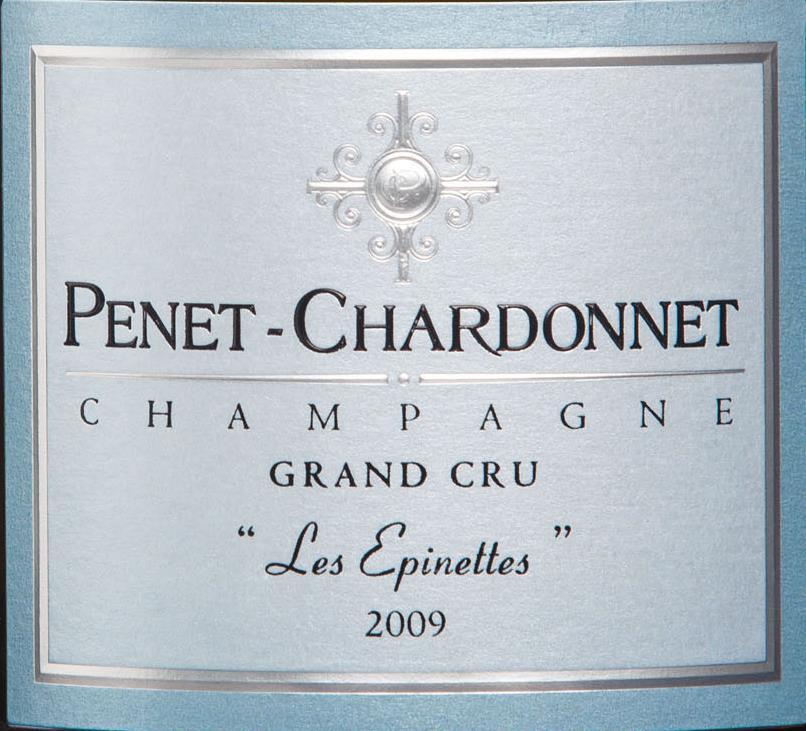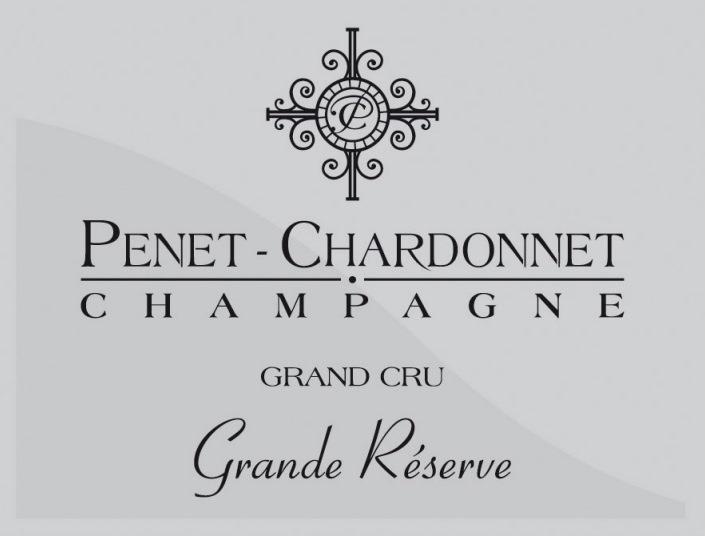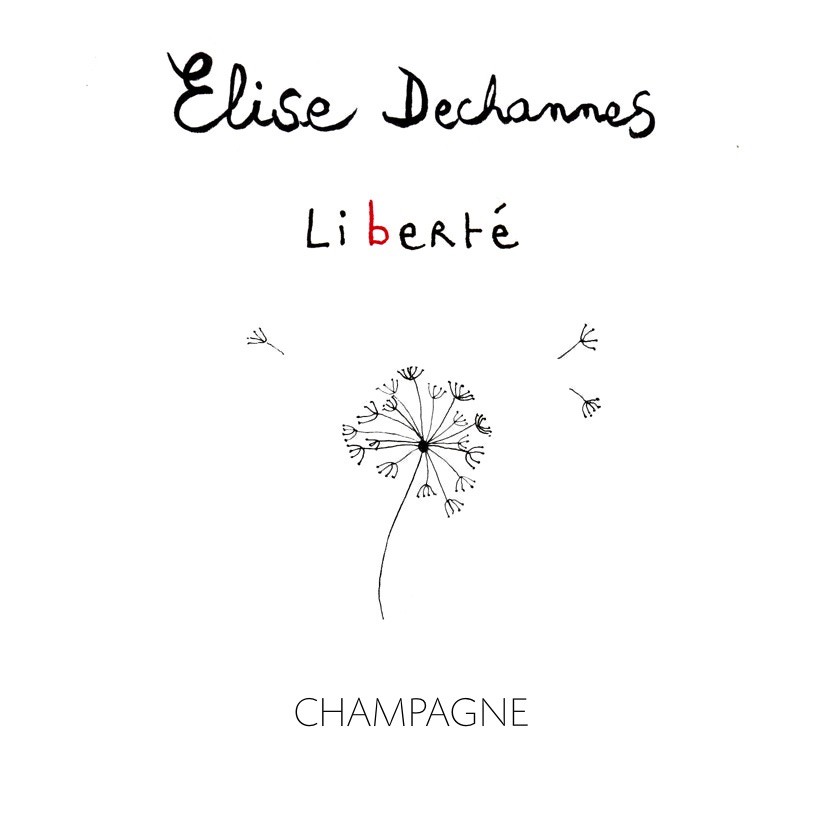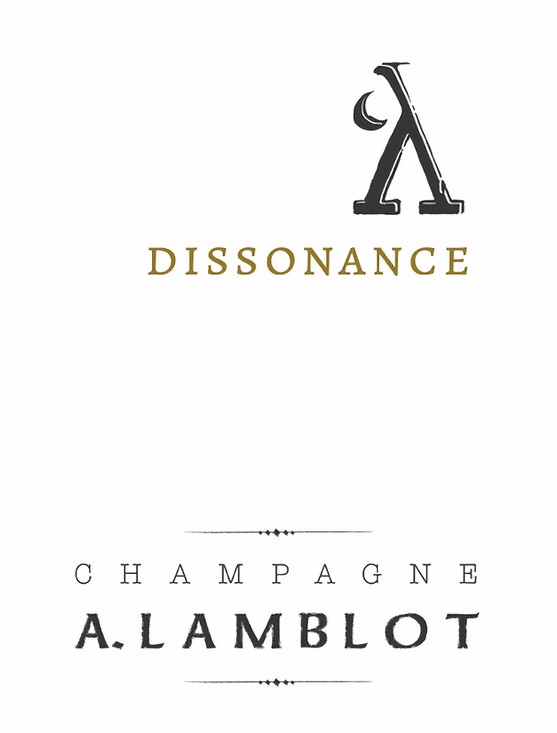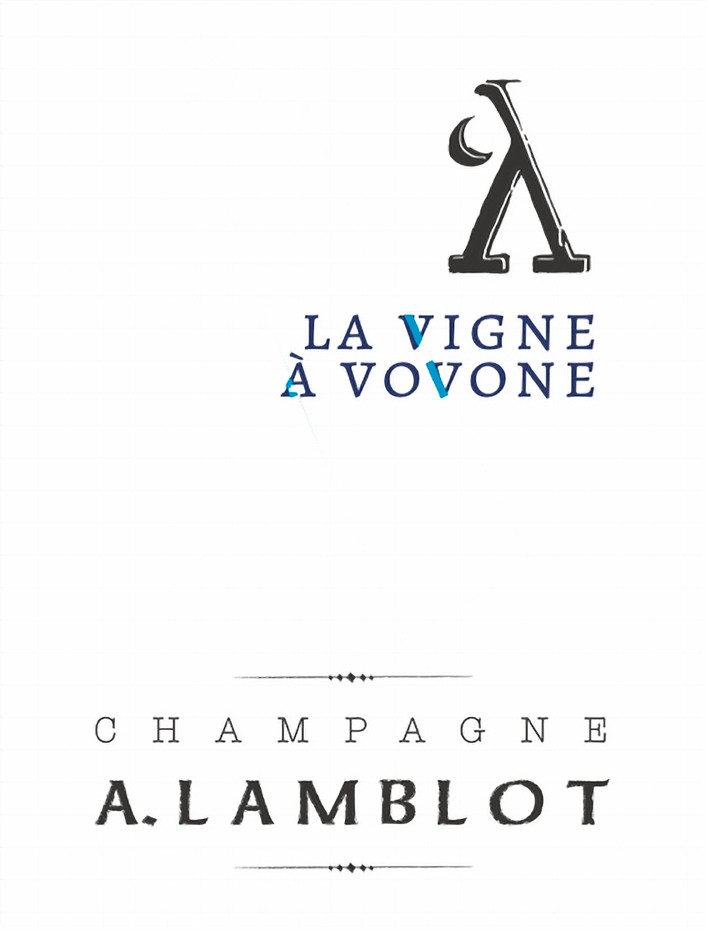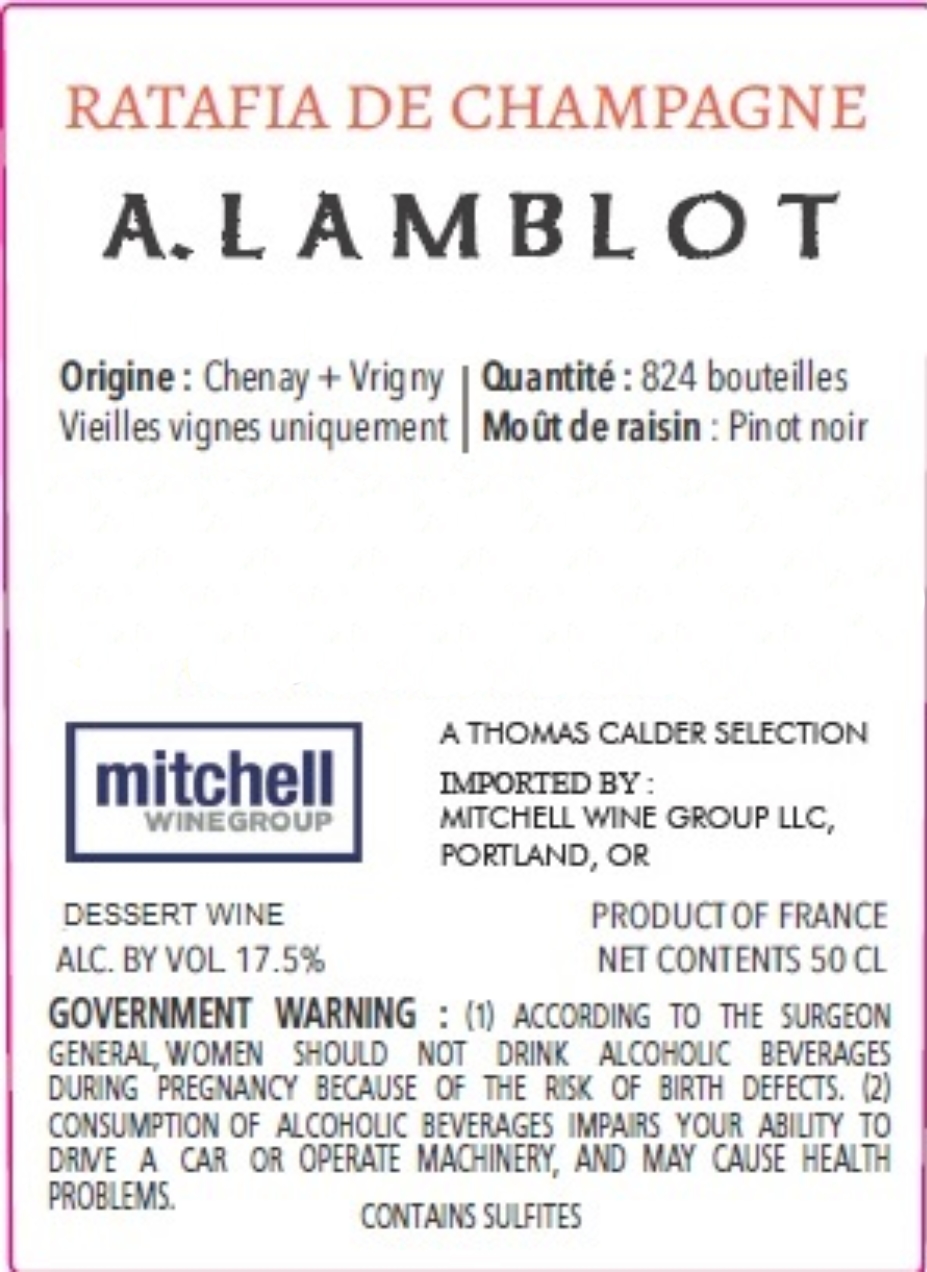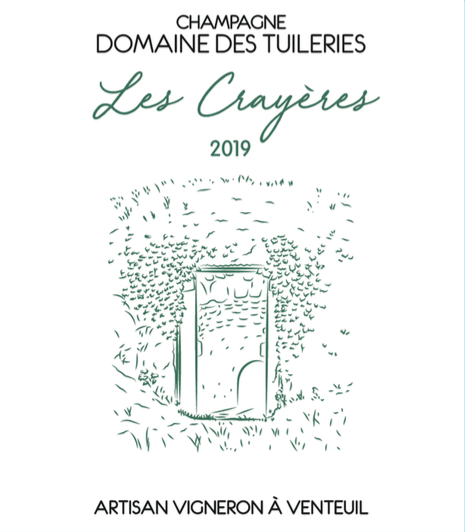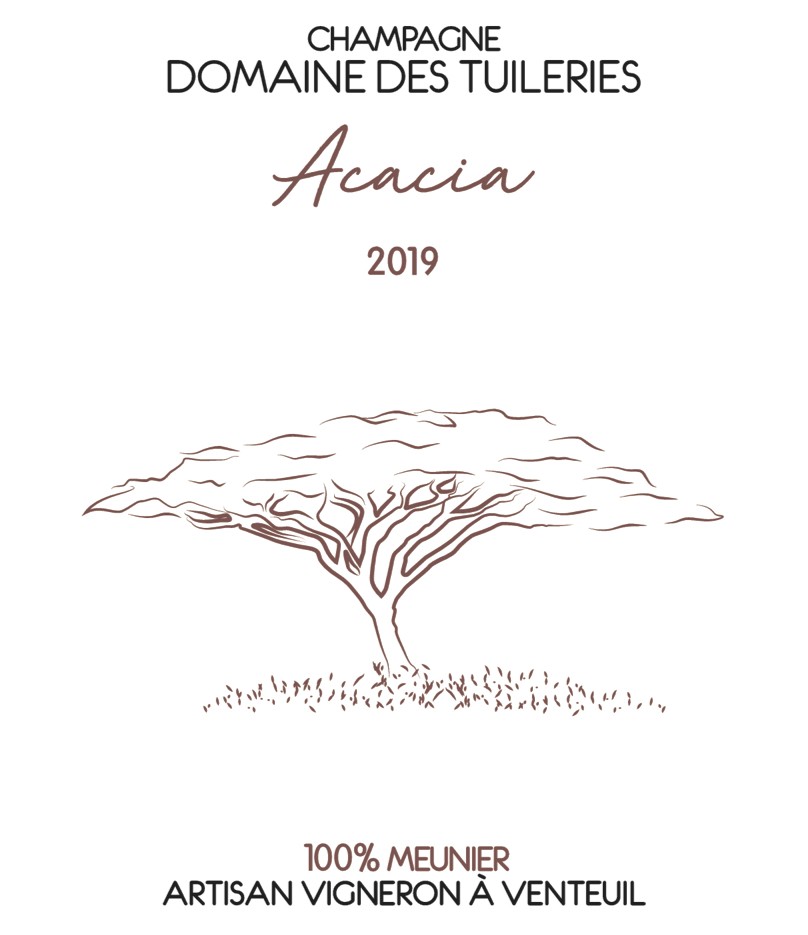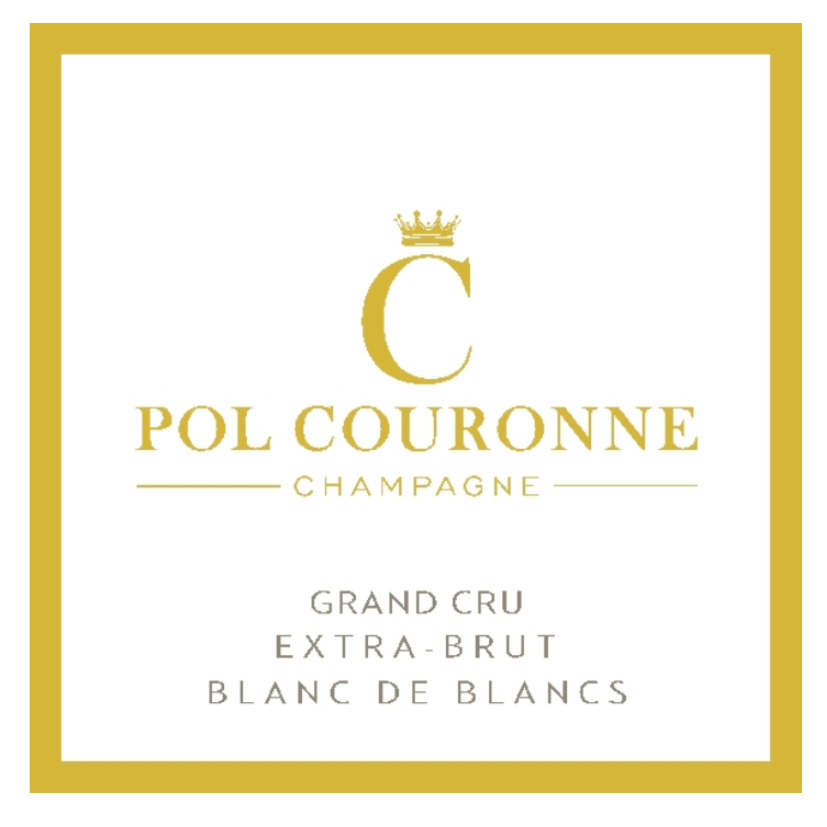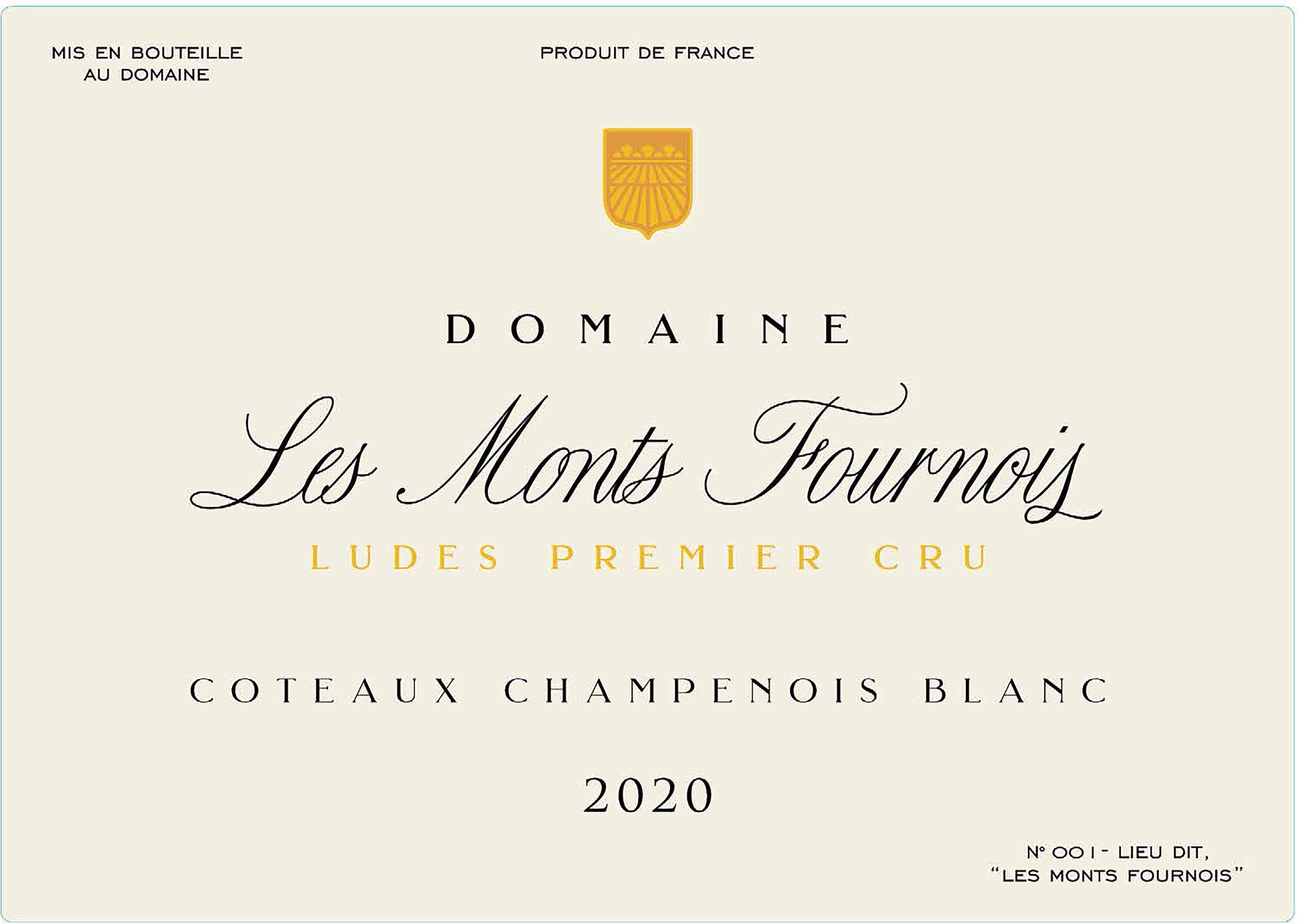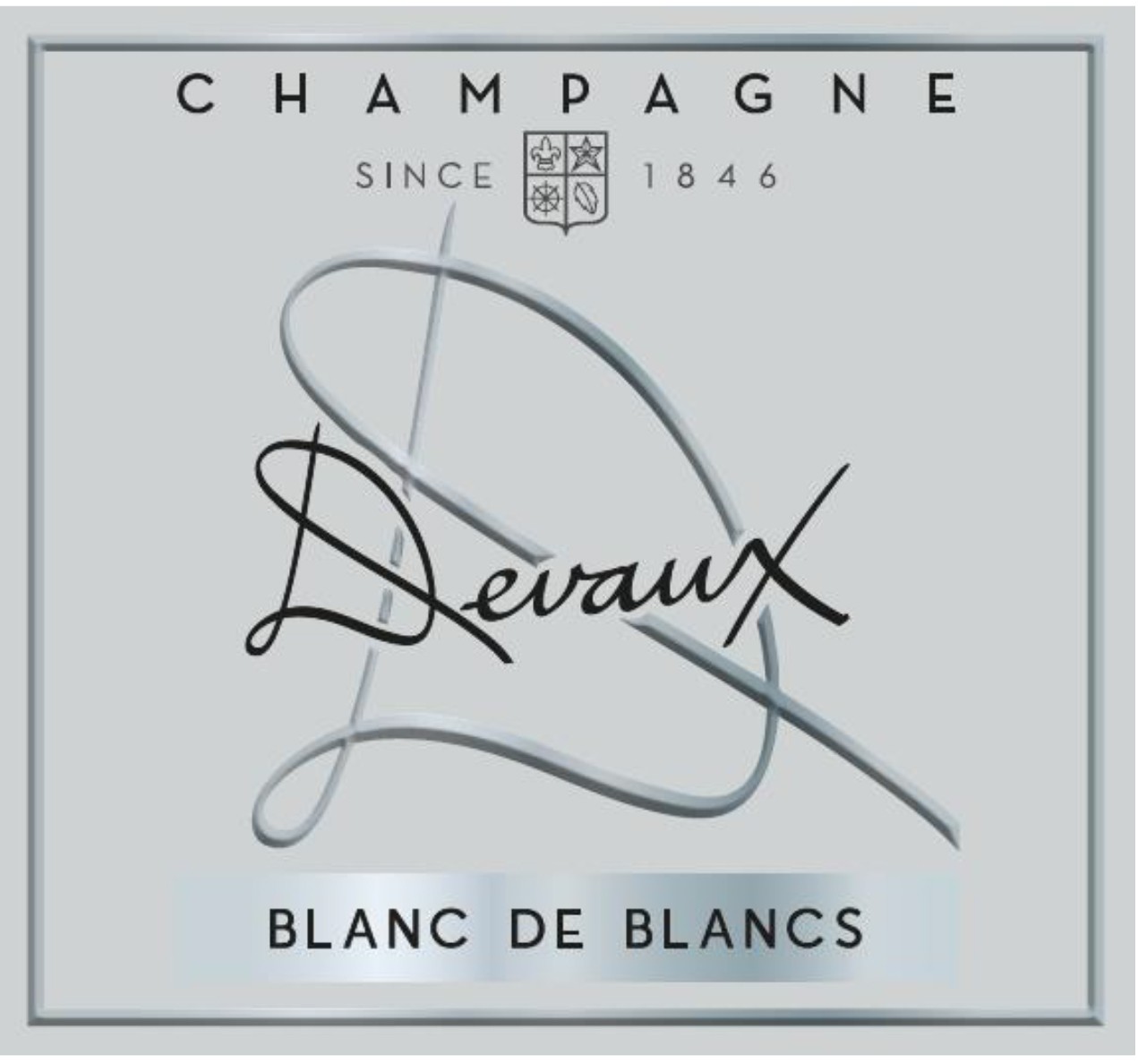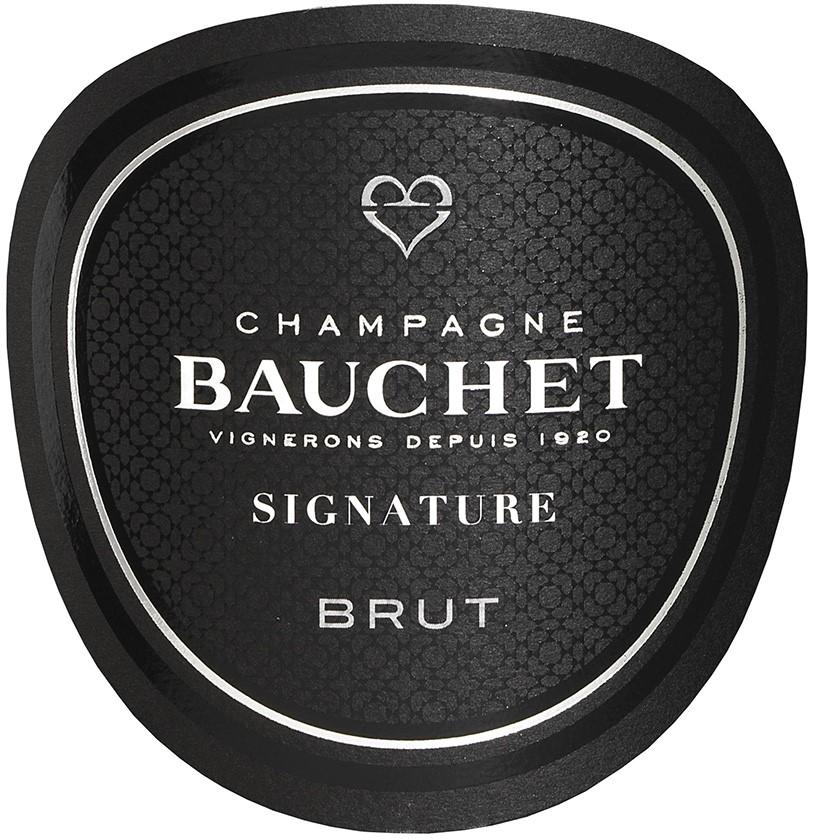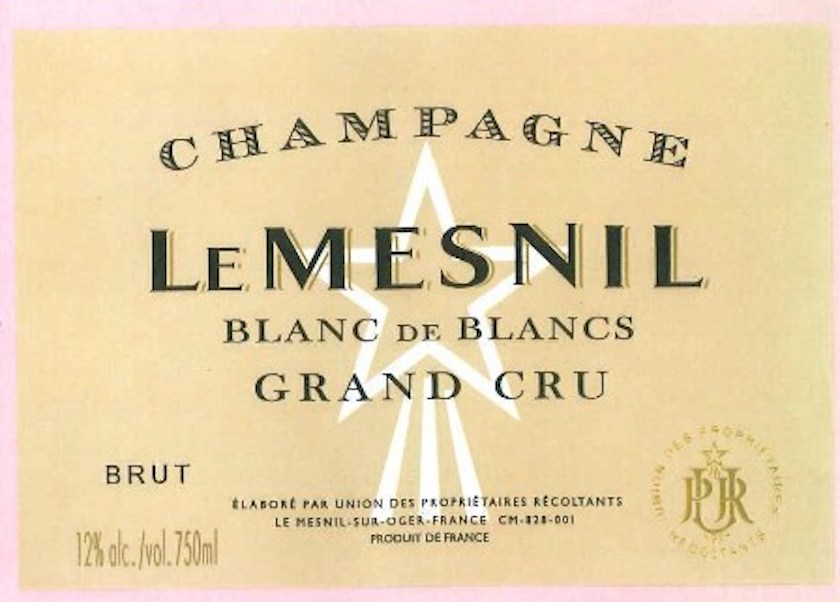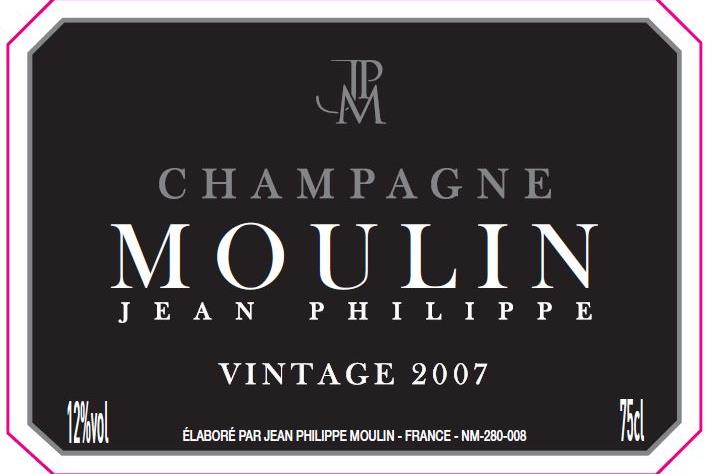Terroir of Champagne
Champagne's celebrated wines are shaped by its unique terroir, where a challenging climate meets ancient soils. Nestled at 49°N latitude, Champagne is one of the world's coolest wine regions, perfect for crafting high-acidity grapes essential for its famed sparkling wines. The climate is influenced by two forces: the oceanic breeze brings steady rainfall and mild temperatures, while the continental weather ensures sunlight for ripening but also risks with frost.
The region's rolling hills are ideal for vineyards, providing optimal sun exposure and excellent drainage. The deep chalk soils, remnants of ancient sea beds, are crucial. They absorb rain and release moisture in dry spells, while their reflective quality aids grape ripening. Champagne's soils imbue its wines with a distinct minerality and freshness, especially prominent in the premier Grand Cru areas. These elements together define the elegance and balance of Champagne’s wines.
Notable Wineries in Champagne
The Champagne region is a mosaic of prestigious wine producers, where tradition meets innovation. Two distinct groups dominate the area: the Grandes Marques and the Grower-Producers. Grandes Marques like Moët & Chandon and Veuve Clicquot are celebrated for their consistent, luxurious styles, blending grapes across regions.
In contrast, Grower-Producers such as Jacques Selosse and Egly-Ouriet emphasize terroir, crafting unique wines from their own vineyards. These smaller producers often use organic methods, focusing on single-vineyard expressions.
Both approaches illustrate Champagne's diverse winemaking landscape, offering a range of styles from the iconic to the artisanal.
Sustainable Winemaking in Champagne
The Champagne region is deeply committed to sustainability, aiming to shield its unique terroir from climate change and intensive farming impacts. By 2030, every vineyard here aspires to be environmentally certified, with a complete phase-out of herbicides by 2025. Two key certifications, Viticulture Durable en Champagne (VDC) and Haute Valeur Environnementale (HVE), guide these efforts, covering biodiversity, carbon reduction, and water management.
By 2022, over 60% of vineyards held environmental certifications, with VDC alone representing 14,700 hectares. Sustainable practices are becoming the norm, with many producers reducing carbon footprints by using lighter bottles and renewable energy. Water conservation through rainwater collection and recycling is widespread, alongside promoting biodiversity by planting cover crops and hedgerows. A growing number of producers are also turning to organic and biodynamic farming, enriching vineyard vitality and reducing chemical use.
Wine Tourism in Champagne
Wine tourism in the Champagne region blends luxury with history, showcasing the elegance of its sparkling wines. The scenic routes through Reims and Épernay connect visitors with the heart of Champagne production, where historic Champagne houses and chalk cellars await exploration.
Avenue de Champagne in Épernay is a highlight, lined with grand mansions and extensive cellars, part of a UNESCO World Heritage site. Tours often include visits to the famous crayères, offering a glimpse into the aging process of millions of bottles.
Beyond wine, the region offers rich gastronomy, with Champagne's high acidity complementing both gourmet dishes and everyday foods. Visitors can also enjoy the region's history, with sites like Reims Cathedral and Hautvillers offering cultural depth.
Tours, tastings, and local delicacies round out the experience, making the Champagne region a must-visit for those interested in the interplay of tradition, innovation, and sustainability in winemaking.



